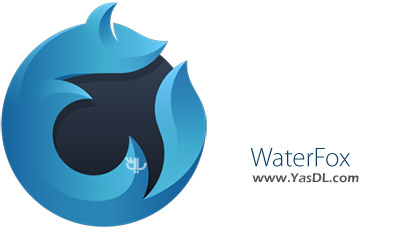

"3-bar" menu button (or Tools menu) > Add-ons.To set that option, open the Add-ons page using either: You can trust the site for the time being or permanently.īut some pages use Flash only for tracking or playing ads, so if you don't see an immediate need for Flash, feel free to ignore the notification! It will just sit there in case you want to use it later. If you see a good reason to use Flash, and the site looks trustworthy, you can go ahead and click the notification icon in the address bar to allow Flash. (When the page wants to use a plugin with a security problem, the icon turns red to alert you to the concern.) The plugin notification icon in the address bar typically looks like a small, dark gray Lego block. When you visit a site that wants to use Flash, you should see a notification icon in the address bar and usually (but not always) one of the following: a link in a black rectangle in the page or an infobar sliding down between the toolbar area and the page. To take control of when Flash starts, you can use the "Ask to Activate" feature. In the first table, look for the row for Mac. You can get the latest Flash player plugin on this page:


 0 kommentar(er)
0 kommentar(er)
